5 Common Mistakes to Avoid When Buying a Hydraulic Gear Pump
Hydraulic gear pumps are crucial components in many industrial and mobile applications, offering efficient fluid transfer for various systems. Selecting the right pump is essential for achieving optimal performance and longevity, but it’s easy to make mistakes during the purchasing process. From overlooking specifications to neglecting future maintenance needs, these errors can lead to costly downtime, inefficient operations, or even pump failure. In this article, we will explore five common mistakes buyers make when purchasing a hydraulic gear pump and how to avoid them.
1. Not Considering the Application Requirements
One of the most frequent mistakes when buying a hydraulic gear pump is not fully considering the specific application it will be used for. Each application has unique demands in terms of pressure, flow rate, and fluid type, and selecting the wrong pump can lead to underperformance or even system damage.
- Solution: Before making a purchase, carefully assess your system’s needs. What fluid will be pumped? Is it clean oil, or does it contain particulates? What are the pressure and flow rate requirements? If the pump will be used in harsh environments or with corrosive fluids, material compatibility must also be considered. Ensure that the pump you choose is designed for your particular application to avoid any operational issues.
2. Ignoring the Pump’s Efficiency Rating
Another common mistake is ignoring the efficiency rating of the pump. Hydraulic gear pumps can vary in their efficiency levels, which directly affects the energy consumption and overall cost of running the system. Choosing a pump solely based on its initial cost, without considering its efficiency, can result in higher operational costs over time.
- Solution: Always evaluate the energy efficiency of the pump you’re considering. High-efficiency pumps might have a higher upfront cost but can save money in the long run by reducing energy consumption and improving overall system performance. Additionally, check for features like variable displacement or flow control options that can further enhance efficiency.
3. Overlooking Maintenance and Serviceability
Maintenance is an inevitable part of hydraulic gear pump operation, but many buyers overlook how easy or difficult it will be to service the pump once installed. Pumps that are challenging to maintain can lead to more frequent downtime, higher repair costs, and an overall shorter lifespan.
- Solution: Choose a hydraulic gear pump that is easy to service and has readily available spare parts. Look for models with a modular design, where individual components can be replaced without dismantling the entire system. Also, consider the availability of service manuals, maintenance guides, and support from the manufacturer or supplier. Pumps from well-known manufacturers often come with more reliable after-sales service and support.
4. Failing to Account for Future Expansion
Hydraulic systems can change and expand over time, but some buyers make the mistake of choosing a pump that only meets their current needs. If the system expands or the demands increase, the pump may not be able to handle the new workload, leading to operational inefficiencies or the need for an expensive replacement.
- Solution: When selecting a hydraulic gear pump, think ahead about potential future needs. Choose a pump that not only meets your current specifications but also has some room for expansion. Pumps with adjustable flow rates or those that can handle a range of pressures may provide greater flexibility for future system upgrades.
5. Choosing a Low-Quality Pump Based on Price Alone
One of the biggest mistakes buyers make is selecting a hydraulic gear pump based solely on its price. While it’s tempting to choose the cheapest option available, low-quality pumps often have a shorter lifespan, are more prone to failure, and may require frequent repairs. In the end, the initial savings can be wiped out by higher long-term costs.
- Solution: Focus on the total cost of ownership (TCO) rather than the upfront price. A slightly more expensive, higher-quality pump will typically last longer, perform better, and require less maintenance, saving you money in the long run. Consider factors like the pump’s durability, the reputation of the manufacturer, and the availability of replacement parts when making your decision.
Conclusion
Purchasing a hydraulic gear pump is a critical investment that can significantly impact your system’s efficiency, reliability, and overall operational costs. By avoiding these common mistakes—such as neglecting application needs, ignoring efficiency, overlooking maintenance, failing to plan for future expansion, and focusing solely on price—you can ensure that you choose the right pump for your needs.
By taking the time to evaluate your system’s specific requirements, considering long-term operational costs, and selecting a pump from a reputable manufacturer, you’ll be better equipped to make a smart, informed decision. Avoiding these mistakes will not only save you money but also ensure smoother operations and a longer-lasting hydraulic gear pump.
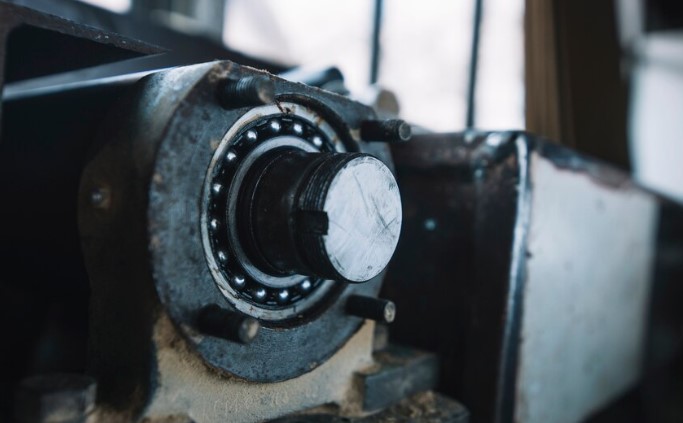






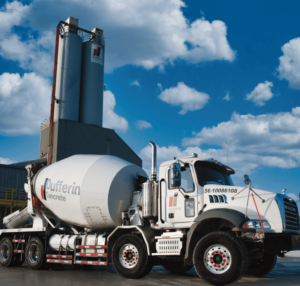


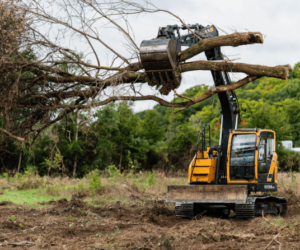
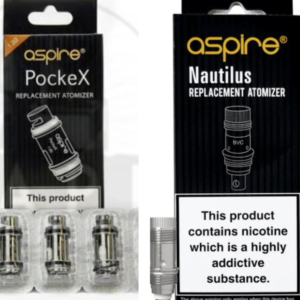
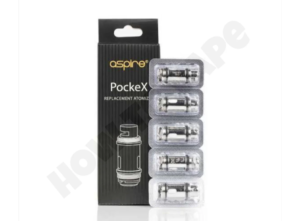

Post Comment